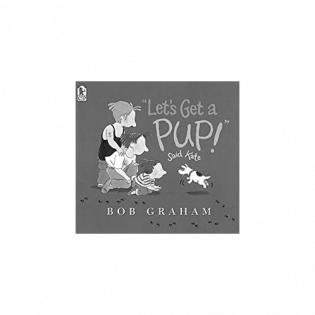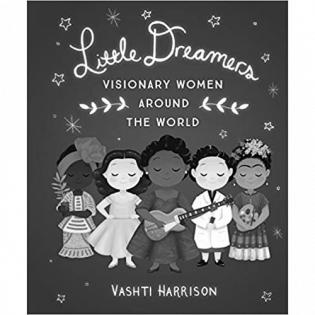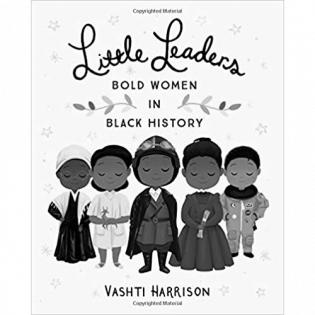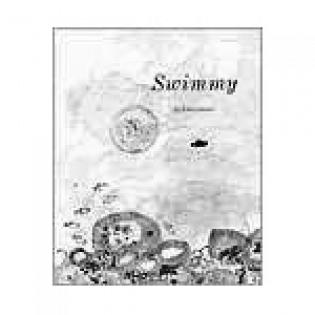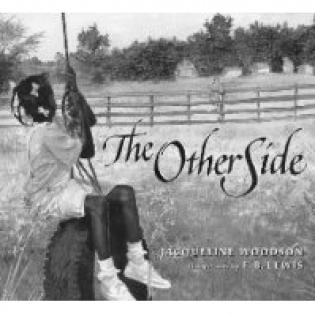An activity and picture book discussion illustrate the tendency for people to see differences as a reason to fight. As we see in political divisions, society can be torn apart by factions. Differences provide an opportunity to be curious about someone else. Factions may also have a...
Filter by subjects:
Filter by grades:
Filter by audience:
Filter by issue area:
Filter by content type:
Filter by resource type:
resource search
The lessons center on The Legend of the Bluebonnet by Tomie de Paola. Children explore the concepts of selflessness and selfishness and consider the effects of their generous actions on others.
We each have gifts we can use to give our lives purpose and make the world better. Using our gifts for the good of others can solve problems, if we take bold and selfless action. Even very young people are capable of the kind of selfless actions that create positive change.
Children look at Comanche art and identify the meaning of symbols. The children create art representing important ideas in their self awareness and social awareness.
The young people reflect upon themselves as community members and use descriptive language to give themselves meaningful names.
In this story, Kate and her thoroughly modern parents yearn for a dog after the loss of a beloved cat.
Little Dreamers makes a very meaningful connection for girls, young and old, who dream of their future and the impact they would like to make in our world. Everyone wants to do some great. We all dream about where we can "make a difference." The women featured in this book we
“In a society where being an African American and female meant being an outsider or sometimes invisible, these women dared to go after what they wanted, to demand what they deserved. Some of them were reluctant leaders, while others were not even aware of their bravery, but their legaci
Swimmy’s world becomes much bigger when he loses his school of fish. When he explores the great sea in search of a new community, he learns about the beauty of the world and the way things work.
Jacqueline Woodson has created a beautiful story about the confusion of children over racial tension. One of the most touching things about this book is that it is the children who give us hope for the future.
